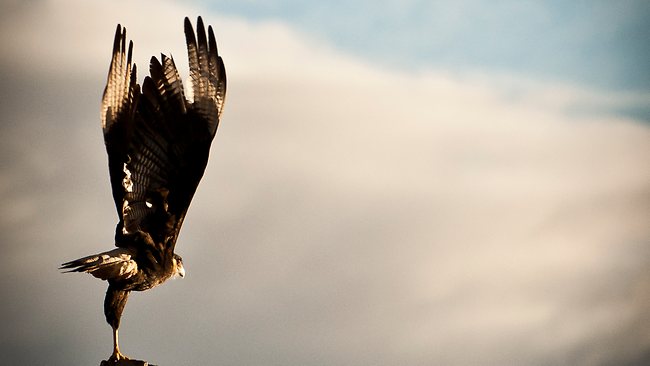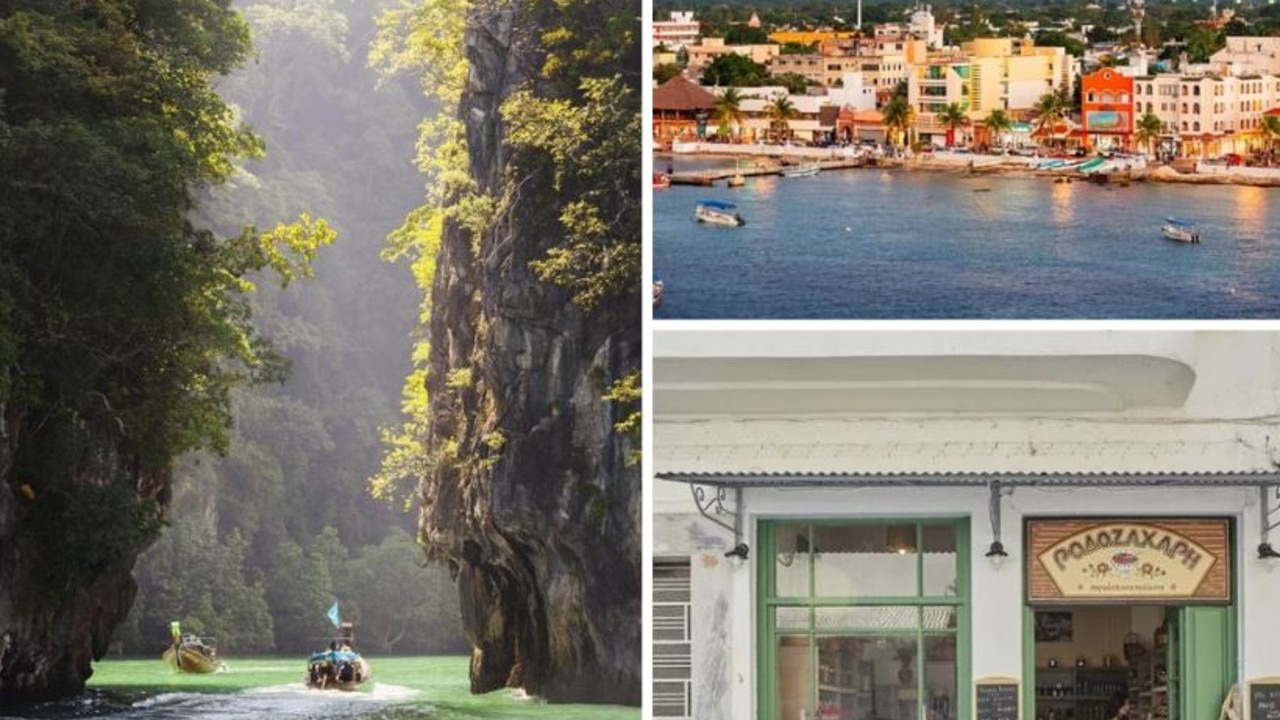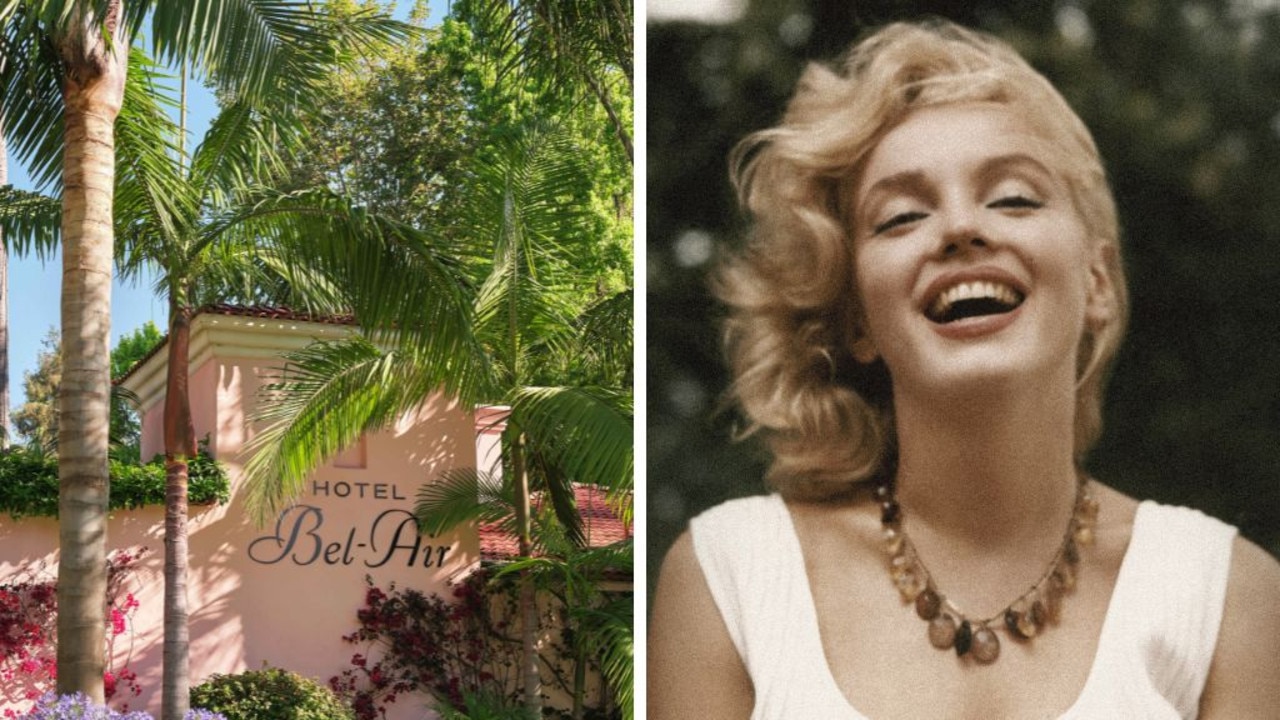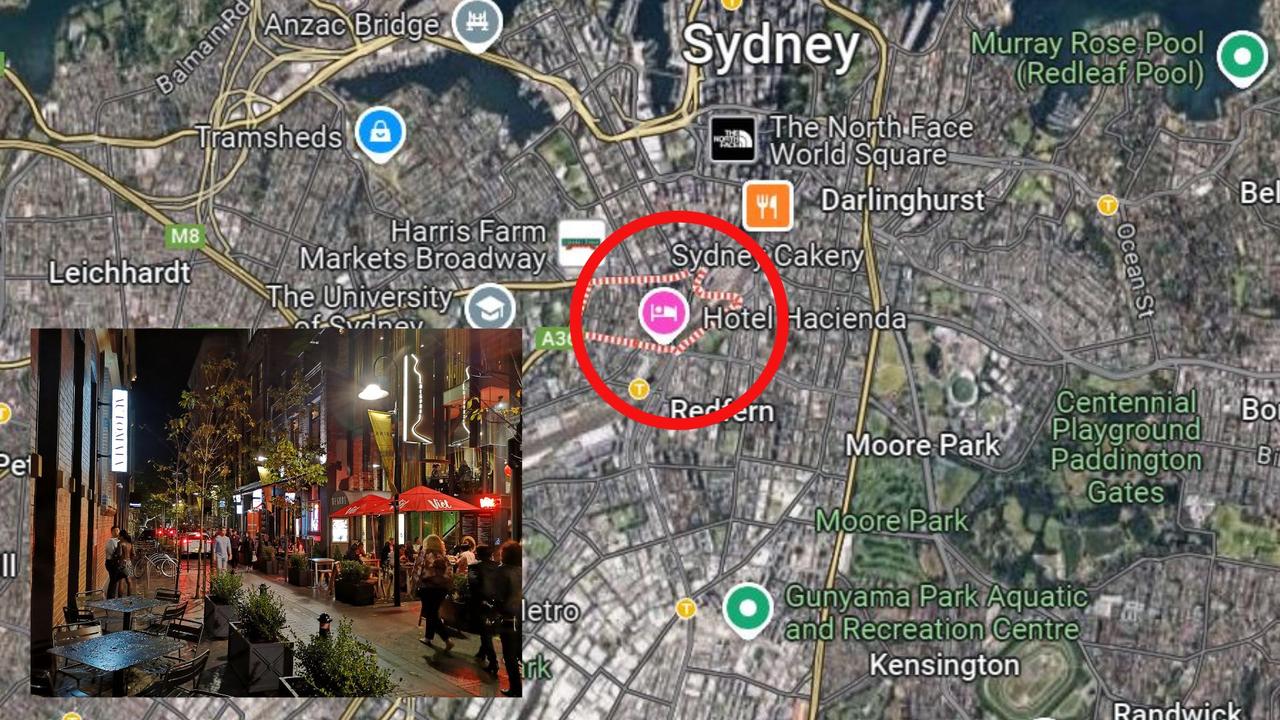The frozen beauty of Patagonia
GLACIERS, snow-covered peaks and frozen lakes make for dramatic scenery on an adventurous expedition in South America.

A VIOLET dusk swallows the Martial Mountains and Ushuaia's lights pale into distant pinpricks as the Stella Australis glides across Ushuaia Bay towards the Beagle Channel and the Southern Ocean.
Up on deck, I brace against the wind, excited about the adventure ahead.
We're cruising towards a white wonderland of jagged, snow-covered peaks, glaciers, frozen lakes and icebergs in Patagonia, which occupies 673,000sq km of southern Argentina and Chile.
Patagonia has some of the world's most breathtaking scenery and is an area that has long attracted serious trekkers, but these days you don't have to sleep in a tent to experience its frozen beauty.
Now in its second cruising season, Stella Australis is the newest of Cruceros Australis's expedition-style ships to ply the waters between Ushuaia in Argentina and Punta Arenas in Chile.
Three and four-night cruises aboard the 100-cabin ship are a luxurious way for adventurous travellers to see Chile's southern attractions.
Cabins have large windows some have floor-to-ceiling glass panels that allow you to lie in bed and gaze at the landscape.
There are three lounges, a small gym and a dining room, where the service is warm and friendly, although a little disorganised.
Breakfast and lunch are buffet style, while dinner is an excellent three-course meal with Chilean and Argentinean wine included.
Spanish is the first language but the officers, guides and most of the service staff speak some English.
The only complaint I have is that the staff on the reception desk are a touch aloof for a cruise of this quality.
The twice-daily excursions are the main focus of the cruise. Passengers are transferred ashore in Zodiacs, accompanied by expedition guides who are knowledgeable about the region's flora, fauna and history.
At 7.30 the first morning rugged up in waterproof jackets and pants, thermals, hats, gloves and rubber boots we board Zodiacs and zip across to Hornos Island. The sky is a sheet of grey but it does nothing to dampen my enthusiasm.
Although it's not the most scenic destination on our voyage, sailing around Cabo de Hornos (Cape Horn) is a highlight and a reason many people choose this cruise.
Before the Panama Canal was built, Cape Horn was a key navigation point for ships sailing between the Atlantic and Pacific oceans.
The waters around the cape are treacherous and have claimed more than 800 ships. Rounding the cape or going ashore is not guaranteed as it depends on the conditions, which can be unpredictable.
Fortunately, the weather gods have blessed us with a light drizzle and the captain gives us the green light to disembark and climb the 160 steps to reach the plateau.
The 425m rocky promontory is part of Cape Horn National Park, which is a World Biosphere Reserve. There's a lighthouse, a small chapel and the Cape Horn monument a 7m-high steel memorial with a cut-out of an albatross.
The island's only inhabitants, the lighthouse keeper, his wife, two children and a scruffy dog, are happy to see us.
By 8.30am, we're back on board for breakfast but the adventure has only just begun. An afternoon excursion offers a choice of a hill hike or a coastal walk at Navarino Island's Wulaia Bay, where Charles Darwin landed during his voyage on the HMS Beagle in 1833 and Captain Robert Fitzroy made contact with the Yaghan aborigines.
We disembark at a jetty outside an old naval radio station built in the 1930s, which the ship's company, Cruceros Australis, has converted into an information centre.
The hill hike through the autumnal Magellanic forest leads us beneath burnt orange nothofagus trees and past bubbling streams. Sections of the trail are muddy and slippery; there's a steep area where ropes tied between trees serve as hand rails.
Our guide points out local flora, such as parasite fungi and the calafate plant, a shrub with tiny yellow flowers and a dark fruit.
We visit an abandoned beaver dam and an active one, where a beaver is swimming in the water. Throughout the forest there are signs of the destruction caused by beavers, which were brought to Patagonia from Canada more than 100 years ago to develop a fur industry. The climate proved to be unsuitable to grow the quality of fur necessary for the luxury market and beavers were left to multiply uncontrolled.
Day three brings sunshine and picture-book views of the Darwin Range.
As we cruise through the channels, a knot-tying class with the boatswain is followed by a Chilean wine appreciation lesson with the ship's sommelier. But I'm content to sip pisco sours in the Darwin Lounge while my eyes drink in vistas of snow-capped mountains and glaciers.
We drop anchor in Agostini Sound, where the blue-white Aguila Glacier stretches down towards a forest of olive-green tree tops in a patch of paradise within Alberto de Agostini National Park.
There are no roads through the park and travelling by ship is the only way to visit this glacier, one of hundreds in Patagonia.
As we walk along the shore of the lagoon we marvel at the glassy reflections of the mountains in the water and chunks of ice that have washed aground.
At night, the scenery takes on an otherworldly vista as the inky sky is filled with a round moon hanging above snow-capped mountains.
On our last morning, we pop into Magdalena Island, a breeding ground for imperial and rock shags and 70,000 pairs of Magellanic penguins. The brown landscape is pockmarked with burrows, which the penguins return to from October to April.
It's late in the season and there are only a few hundred stragglers that have not yet left on the annual migration north. Some travel as far as Peru and Brazil. The remaining penguins waddle across the moonscape and splash in the ocean, seemingly without a care in the world.
The writer was a guest of Cruise Traveller and Cruceros Australis.
Go2
PATAGONIA
- Getting there
Qantas (ph 13 13 13, see qantas.com.au) operates direct flights from Sydney to Santiago three times a week on a newly reconfigured Boeing 747 aircraft fitted with A380-standard cabins, seating and entertainment features. From Santiago, you can connect to Punta Arenas with oneworld partner LAN Airline (lan.com) and Aerolineas Argentinas (aerolineas.com.ar) to Ushuaia via Buenos Aires.
- Visas
Australian passport holders are required to pay reciprocity fees to enter Chile ($95) and Argentina ($100).
- Cruising there
Cruceros Australis operates three and four-night cruises between Ushuaia and Punta Arenas (September to April) from $US944 (about $A970). Rates include accommodation, meals, open bar and shore excursions.
Ph Cruise Traveller on 1800 507 777 or see cruisetraveller.com.au



